Wilo CAN-Bus for pumps sets new standards for individual control
Wilo’s CAN-Bus technology allows up to 127 pumps to be connected to a CAN-Bus line and individually addressed. It has a transmission speed of 125 kbit/s, said to be up to a hundred times faster than conventional systems. Integration of pumps into building automation is achieved using an IF-Module. Stratos high-efficiency pumps have already been modified into CAB-Bus-capable versions. Compared with other systems, CAN-Bus is said to offer significant cost advantages. In particular, the network can be constructed in a line structure, to which all devices are connected in parallel. Wiring, material and manufacturing costs are reduced because star-shaped wiring is not longer required. Wilo’s CAN-Bus is an open system that can be interfaced to BACnet, Ethernet, EIB, KNX, LON, DALI or ProfiBus. CAN-Bus works by the multi-master principle, which means that all switchgears have master functions and are addressed equally. CAN-Bus can also be operated by the master-slave principle. Individual pumps are addressed using Wilo’s red-button technology, which is shown on the pump’s display. Other operating parameters can be set, modified or called in this way. Other functions include selecting between heating or cooling/air-conditioning mode, which differ in terms of their deactivation behaviour in the event of faults.
For more information on this story, click here:
Nov08, 171Related links:
Related articles:







